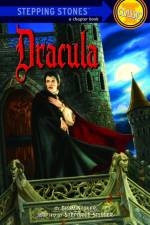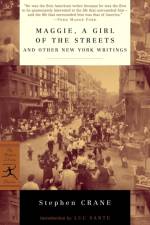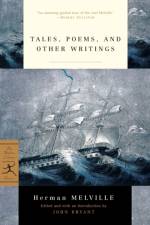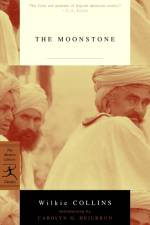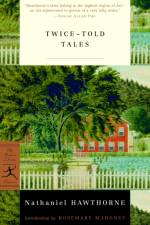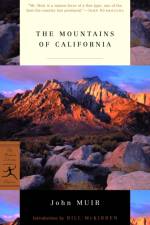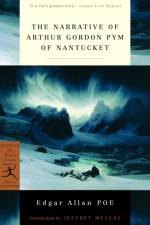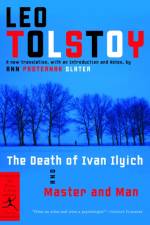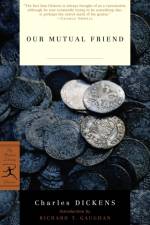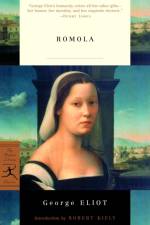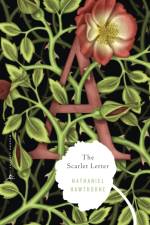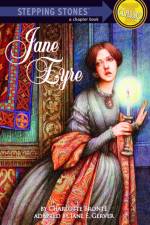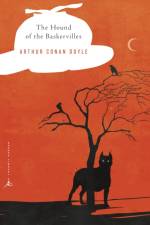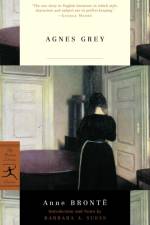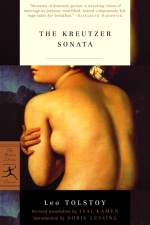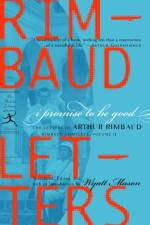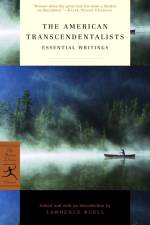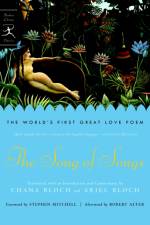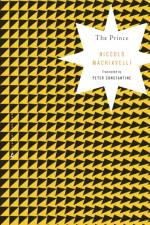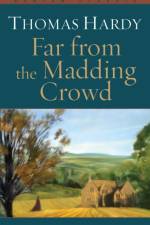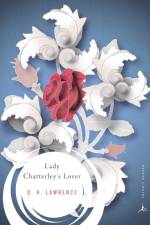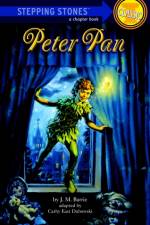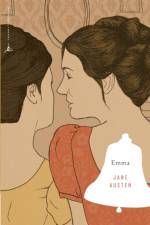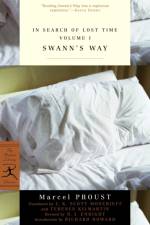av Buddha
151
Trembling and quivering is the mind, Difficult to guard and hard to restrain. The person of wisdom sets it straight, As a fletcher does an arrow. The Dhammapada introduced the actual utterances of the Buddha nearly twenty-five hundred years ago, when the master teacher emerged from his long silence to illuminate for his followers the substance of humankind's deepest and most abiding concerns. The nature of the self, the value of relationships, the importance of moment-to-moment awareness, the destructiveness of anger, the suffering that attends attachment, the ambiguity of the earth's beauty, the inevitability of aging, the certainty of death-these dilemmas preoccupy us today as they did centuries ago. No other spiritual texts speak about them more clearly and profoundly than does the Dhammapada. In this elegant new translation, Sanskrit scholar Glenn Wallis has exclusively referred to and quoted from the canonical suttas-the presumed earliest discourses of the Buddha-to bring us the heartwood of Buddhism, words as compelling today as when the Buddha first spoke them. On violence: All tremble before violence./ All fear death./ Having done the same yourself,/ you should neither harm nor kill. On ignorance: An uninstructed person/ ages like an ox,/ his bulk increases,/ his insight does not. On skillfulness: A person is not skilled/ just because he talks a lot./ Peaceful, friendly, secure-/ that one is called "skilled." In 423 verses gathered by subject into chapters, the editor offers us a distillation of core Buddhist teachings that constitutes a prescription for enlightened living, even in the twenty-first century. He also includes a brilliantly informative guide to the verses-a chapter-by-chapter explication that greatly enhances our understanding of them. The text, at every turn, points to practical applications that lead to freedom from fear and suffering, toward the human state of spiritual virtuosity known as awakening. Glenn Wallis's translation is an inspired successor to earlier versions of the suttas. Even those readers who are well acquainted with the Dhammapada will be enriched by this fresh encounter with a classic text.

